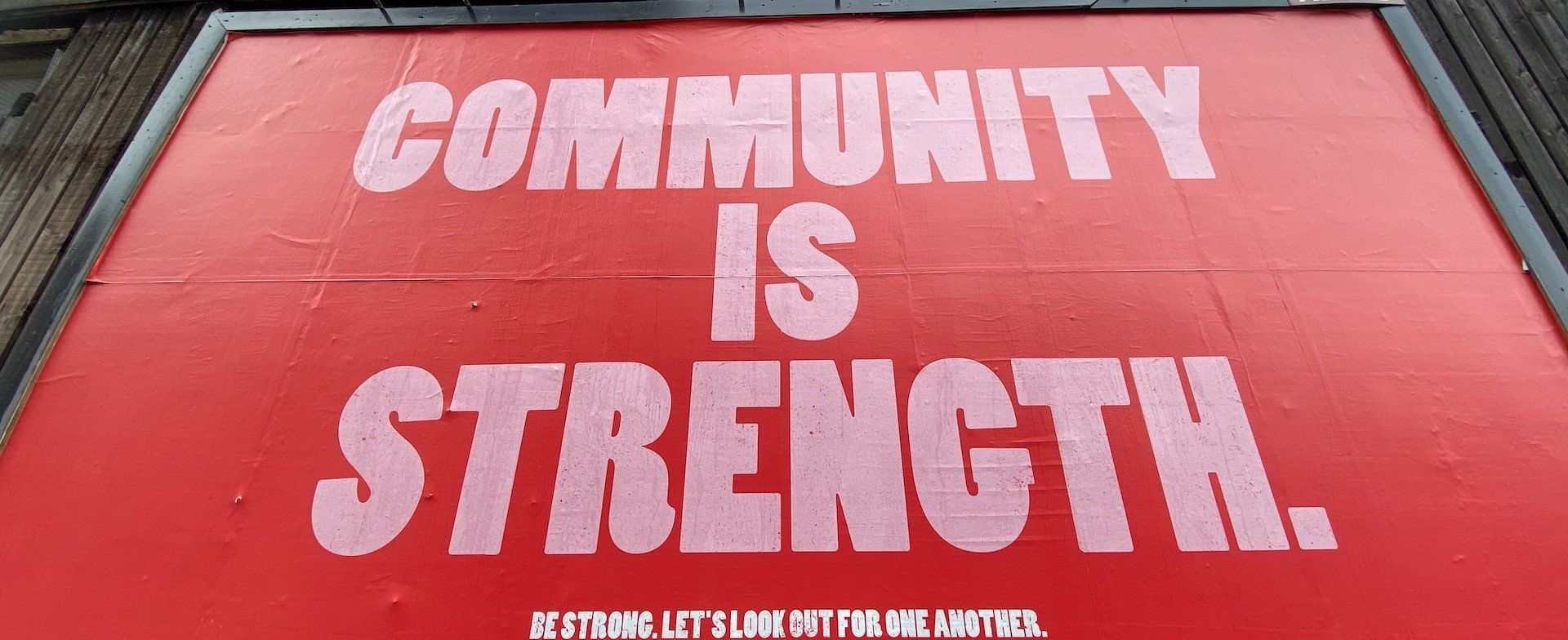Learn more about my book "The Courageous Ask"
Nonprofit Leadership Falls: It's Tough at the Top-2
Nonprofit executives and leaders have risen to that level because of their wisdom, their experience, their education, their resolve, their support structure and their internal moral guidance, among other things. These make a leader strong and confident in their work, and provide assurance and security to those they lead.
But, even those who are strong find struggles inherent in the role of the nonprofit leader that can cause them to doubt who they truly are. They may internally question if they are the right person to carry out the mission of the organization. They might find themselves vulnerable and insecure, even though they may give no external indication of that internal struggle.
Most leaders are further weakened by feeling all alone, that they are the only one dealing with these struggles among their peers.
This weakness can tempt a leader to choose the path that leads to a fall.
This commentary is the second part of an article dealing with nonprofit leadership struggles, as I work to define the problems inherent in leadership that can lead to a fall. In the first part of the article I wrote about the loneliness and isolation that can come with leadership.
(This article is the sixth in a series that focuses on starting a conversation centered on preventing the fall of nonprofit leaders. I write it from a Christian perspective, but all leaders will benefit. Be sure to sign up to receive these articles via email every Tuesday at briankreeger.com. In addition to receiving these articles two days before they hit social media, you will receive the Introduction and the Appendix (My story) to my upcoming book, The Courageous Ask: A Proactive Approach to Prevent the Fall of Christian Nonprofit Leaders.)
The most successful
leaders I interviewed for this series of articles, and my upcoming book, exhibited the rare ability to be consistent between who they naturally are and who they are in their professional life. It takes a tremendous amount of strength to maintain that integrity.
Most nonprofit leaders struggle in this area as they sacrifice a part of their true identity for what they see as the advancement of the organization. Unfortunately, many leaders find themselves not only being the face of the organization, but internally becoming the organization. And the public many times sees it no differently, as they find it difficult to see a leader as an individual apart from the organization.
American poet E. E. Cummings wrote in “A Poet’s Advice to Students,” “To be nobody but yourself—in a world that is doing its best, night and day, to make you everybody else—means to fight the hardest battle which any human being can fight: and never stop fighting.” And what is that like as a leader? The fight is magnified under the bright lights.
Being yourself in your role as leader is a commonly held principle, but it is rarely practiced or practical due to fear: fear of not being good enough, fear of damaging the organization, fear of looking bad, fear of our deepest self being exposed and not accepted, or fear of lost respect.
Sound familiar?
Some reading this will believe my assertion is wrong and that you are the example of how wrong I am. If it is genuinely true, then congratulations! You are indeed the rare exception. But I would ask you to take a deeper look just in case.
One person I interviewed is a fallen executive who ran a $3.5 million per year nonprofit. This leader fell because of a moral failure and mismanagement of the nonprofit. He said that the stress to fit the mold of a Christian leader, leaving his true self behind, was pressure packed and was a part of his fall and the near destruction of his marriage.
He said he always felt like he had to be careful where he went, where he ate dinner, how he dressed, and with his appearance. Where he attended church was even important.
Nonprofit leaders alter the language they use in certain crowds and learn about areas of life that don’t really interest them in order to be more pleasing to their donors and constituents. All the while sacrificing who they truly are.
This former executive feared he could not show any character flaws—those flaws, he worried, would reflect poorly on the organization and affect donations and support. He told me he eventually hid out in his condo.
My interviews and research indicate that this is very common in the world in general, but is magnified greatly in the world of the nonprofit executive.
Many executives are nodding right now. I am, for this is nearly the exact story that weakened me and caused me to choose the path that led to my fall.
Sense of true identity becomes lost and an executive’s unique internal voice is altered to please all the groups to whom they are accountable.
Think executive: Where does your default view of self come from? From who you truly are, or the performance and public standing of your organization? Does the way you view who you truly are shift if you cannot continually deliver to your supporters word of a new program or piece of equipment to impact your clients? The gleam of approval in their eyes can be so addictive.
And so begins the slippery slope to a fall.
The perfect leader and the perfect organization do not exist.
Fear of not being perfect, and what it might bring, drives a leader many times.
This can be used positively if managed and properly understood, by inspiring and pushing a leader to a higher level of excellence. But sometimes it is used negatively, usually subconsciously, in a way that a leader expects way too much of themselves and those around them.
Sometimes the fear of imperfection (atelophobia) is part of a person’s makeup, their personal human nature. The pressure from those around the leader, especially their accountability structure, constituency, or family and friends can also create it.
In her book Being Perfect, Anna Quindlen describes her experience with atelophobia as being “like carrying a backpack full of bricks.” She continues, “Oh, how I wanted to lay my burden down.”
She discusses how the “illusion of perfection (not being ourselves) requires work that is not portrayed to others.” We want people to think we are just naturally perfect but hide the actions we take to create the illusion.
Quindlen also writes, “If you don’t lay your burden down you develop curvature of the spirit.” Most of us have seen this “curvature of the spirit” as we have watched leaders become miserable and burn out. They take it upon themselves to keep the organization at a certain level, trying to balance the needs of the organization with personal and family needs.
In a sobering thought for the “perfect leader” that comes from the book, Quindlen states, “Perfection implies a combination of rote and bloodlessness that is essentially made for machines, not men and women.”
Most leaders cannot keep it up and….so the fall begins.
This article started by stating that the most successful leaders are able to maintain the consistency and integrity between who they naturally are and their professional position.
That takes great strength and focus from the leader. Later in this series of articles I will write concerning strategies a leader can use to maintain the needed strength and focus.
But is it just possible that those around a leader can help to impact the leaders’ strength and focus? Accordingly, later in this series of articles I will write concerning how those around a leader can help them maintain their strength, their focus, and the integrity of both.
As I write to define the problems that may affect the path to a leadership fall, next week I will discuss some of the challenges in a board of directors.
Be sure to sign up to receive these articles via email every Tuesday at briankreeger.com. In addition to receiving these articles two days before they hit social media, you will receive the Introduction and the Appendix (My Story) to my upcoming book, The Courageous Ask: A Proactive Approach to Prevent the Fall of Christian Nonprofit Leaders.
Brian@briankreeger.com
#Leadership Fall #Leadership Survival #Human Nature #Nonprofit Relationships #Proactive Approach #Loneliness #Isolation #New Leader #Leadership choice #Perfect Leader #Atelophobia #Be Yourself #Successful Leader






